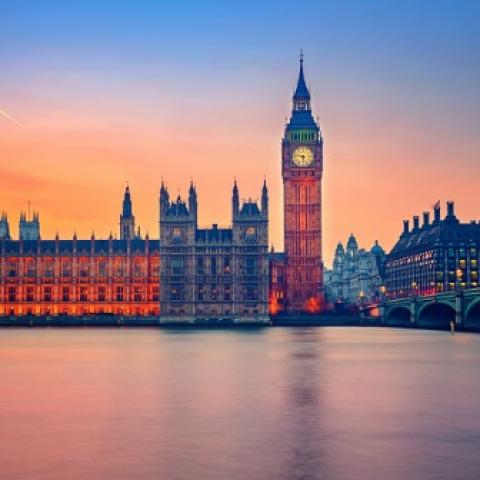News and insights banner


The Chancellor has built on previous help for those who wish to save by providing new incentives and taking less of the profit from investments in tax. The help for savers comes in four main forms:
Capital Gains Tax (CGT) rates will fall by 8% from April 2016. The basic rate will reduce from 18% to 10%, while the higher rate will reduce from 28% to 20%. We understand that a higher rate of CGT will continue to apply to second homes, holiday homes and buy-to-let properties. We expect that these tax reductions, combined with recent changes to dividend taxation, will lead to some of our clients wishing to revisit the structure and tax efficiency of their investment portfolios, as the appropriate mix of growth and income-oriented holdings may well have changed.
The annual ISA allowance is to be increased significantly again, to £20,000, from April 2017. This, in combination with the other measures around Lifetime ISAs, appears to confirm that ISAs are a key part of the savings landscape for the foreseeable future. This will present an enhanced opportunity for our clients to maximise the tax efficiency of their portfolios by wrapping more of their investments in ISAs over the years. This, in combination with the ability to retain ISA status when investments are passed on from one person to their spouse or civil partner on death, means many people will be able to shift a large proportion of their portfolio to ISAs during their lifetime.
A new ‘Lifetime ISA’ was introduced, which will be available for those aged under 40, from April 2017. Under this scheme the government will provide a 25% bonus on all contributions up to £4,000 invested each year, up to age 50. The accumulated pot will be able to be used for particular ‘life events’, including the purchase of a first home and withdrawing benefits from age 60 onwards. If the pot is used for any other purpose, the government bonus element will be withdrawn and a 5% exit penalty applied. It is not clear at this stage whether this is part of a longer term plan to phase out the personal pension regime in favour of an expanded ISA-style system, as suggested in the government’s recent consultation on pensions tax relief. As things stand, it appears there will be a choice between the two methods of long term saving for the under 40s, with each having particular advantages and disadvantages. This will require the under 40s to review their current saving arrangements to ensure they maximise the potential additional tax advantages on offer.
It was widely anticipated that salary sacrifice arrangements were under threat in relation to employer pension contributions. However, in the event, the Chancellor suggested this was not the case, and in fact expressly stated that the government’s intention is that pension saving should continue to benefit from income tax and National Insurance Contribution relief when provided through such arrangements. This is excellent news for employers who choose to use salary sacrifice as a means of maximising the tax efficiency of pension contributions on behalf of their staff and directors.
In a similar vein, the Chancellor confirmed that pension tax free cash would also continue to receive the same tax treatment for the time being. Again, this is good news for those who are relying on being able to receive a proportion of their pension savings tax free in the future.
These changes build on previous changes in recent budgets that help the saver retain more of their reward. For this reason they should be welcomed. The lifetime ISA has some similarity to the 401K pension plan available in the United States. One is led to wonder whether the lifetime ISA could be a stepping stone to the bigger change of replacing our existing system for pensions tax relief to a more flexible but less generous regime.